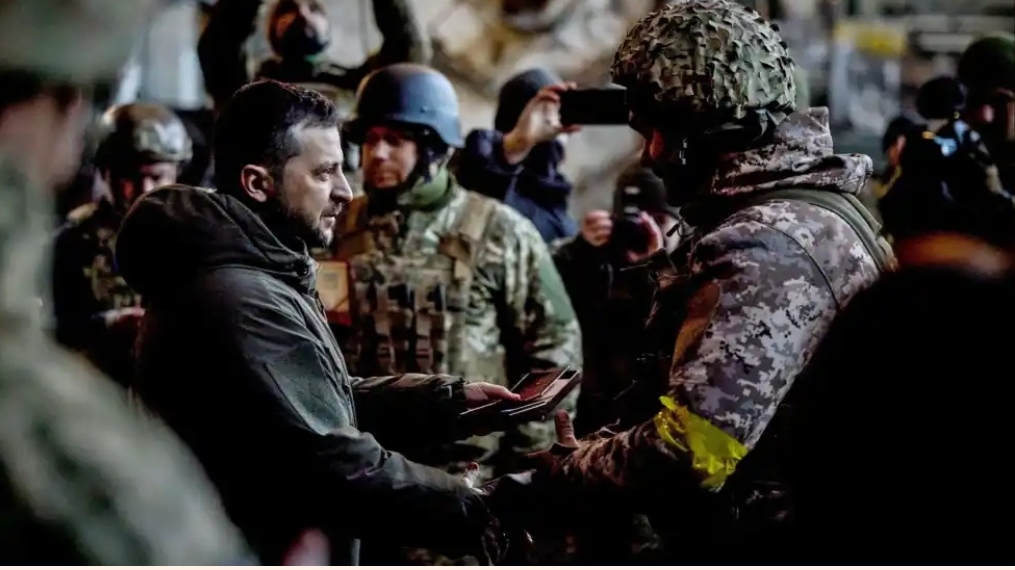The year 2022 has been the most challenging for European security since the second world war. It has also been an extraordinarily painful year for the people of Ukraine. For President Vladimir Putin, it has been a year of dismal failure. He made two big strategic mistakes when he launched his brutal full-fledged invasion.
First, Putin underestimated Ukraine. He thought he could take Kyiv and decapitate the government within days. Ten months on, the Ukrainian people, armed forces and leadership continue to defend their homeland with skill, courage and determination that have inspired the world. Tens of thousands of Russian troops have been injured or killed. Around 1mn people have left Russia since the start of the year, many to avoid being conscripted for a war they do not believe in. This war of choice has left Russia poorer and more isolated than for decades.
Putin’s other mistake was to underestimate Nato unity. He thought he could divide us and deter us from supporting Ukraine. While Nato is not a party to this conflict, allies are more united than ever in providing unprecedented military assistance to support Ukraine’s right to self-defence, which is enshrined in the UN charter, and help it remain a free and democratic country.
This builds on Nato’s longstanding support for Ukraine. Since 2014, the US, UK, Canada and other Nato allies have trained tens of thousands of Ukrainian soldiers and supported the reform of the armed forces. So when Russia launched its full-scale invasion in February, the Ukrainian armed forces were better led, better trained and better equipped to resist Russia’s renewed aggression.
Since February, allies have supplied Ukraine with advanced air defence systems, weapons, ammunition, fuel, winter uniforms and generators. This makes a difference on the ground every day. Nato is also working with the defence industry, and through our defence planning process, to replenish depleted stocks of weapons and ammunition and massively step up production — for Ukraine and for our own defences.
Putin claimed he wanted less Nato on Russia’s borders. He is getting the opposite — a stronger, larger Nato. After Russia’s illegal seizure of Crimea in 2014, Nato implemented the biggest overhaul of our collective defence in a generation. Now we are further boosting our presence on the eastern flank and the readiness of our forces across the alliance. Finland and Sweden will soon join Nato as full members, a step hard to imagine before Russia’s invasion.
Putin is ending his year of failures with more cruelty against Ukrainian civilians, cities, infrastructure and health facilities. Deliberate attacks on civilians are war crimes and those responsible must be held accountable. Around 12mn people, more than a quarter of Ukraine’s population, have been cut off from energy supplies. Millions of Ukrainians have fled abroad. Many, including children, have been forcibly deported to Russia. Despite Russian denials, Ukraine’s authorities and international experts are investigating many reports that members of Russia’s forces have committed rape, torture and summary executions.
In recent months, Russia’s leaders have mobilised over 200,000 extra troops and shown a willingness to take large numbers of casualties. They seek more weapons and ammunition from other authoritarian regimes, such as Iran. Russia hopes to freeze the war to allow its forces to regroup, rearm and try to launch a renewed offensive. President Volodymyr Zelenskyy has proposed to Russia to start withdrawing troops by Christmas as a step to end the conflict, but Moscow has bluntly rejected this. It was Putin who started the war. He can end it today by getting out of Ukraine. Right now, he shows no signs that he is seeking real peace.
